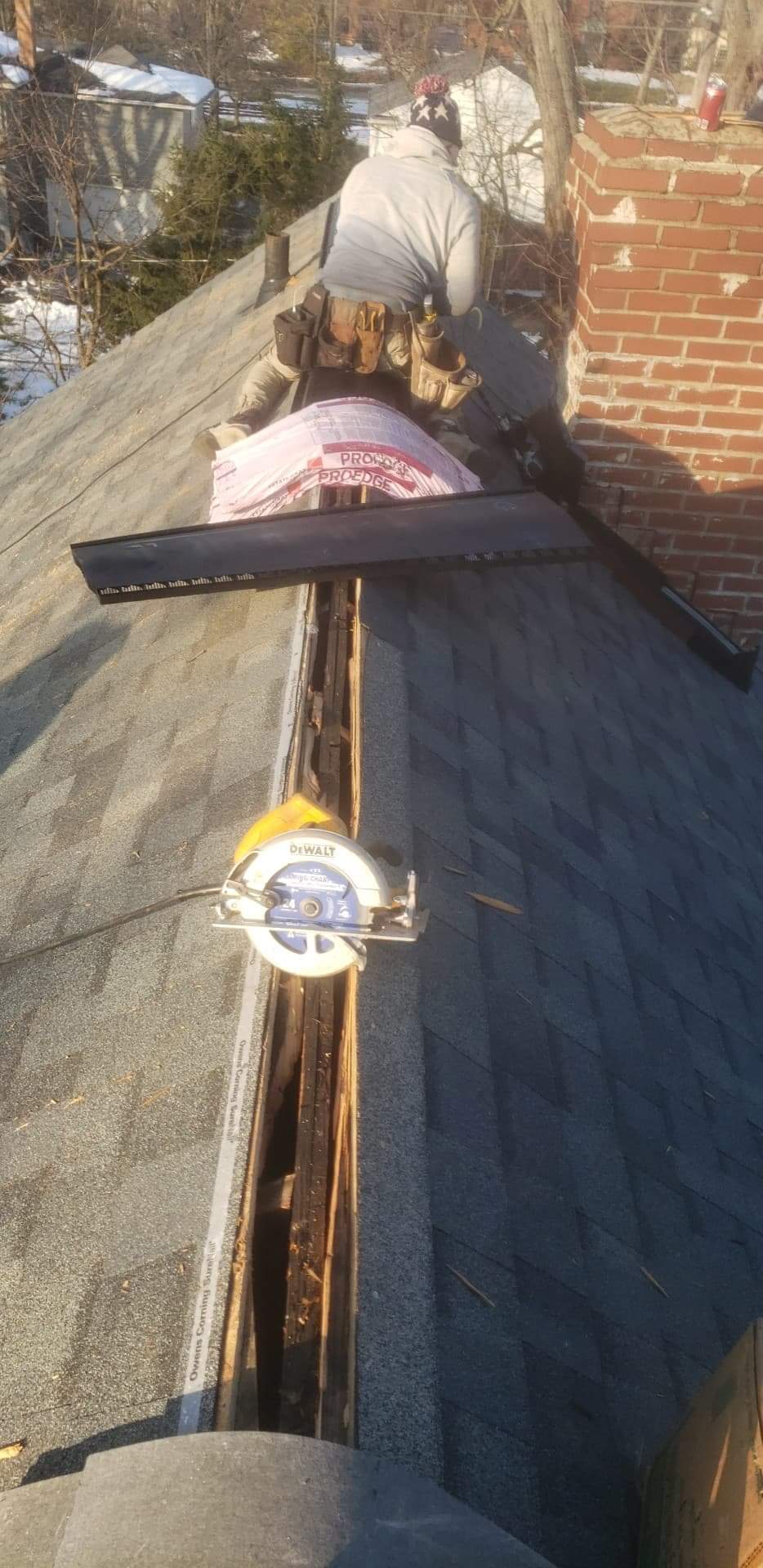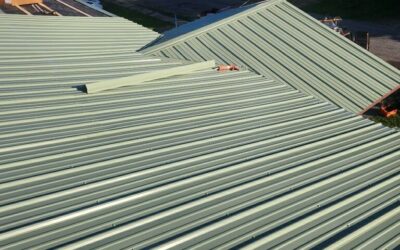Sure! Here’s a detailed SEO blog covering the topic of “What Are Roof Penetrations?”:
What Are Roof Penetrations and How Do They Affect Your Roof?
When it comes to roofing, homeowners often focus on materials, structure, and overall appearance. However, one crucial aspect of roofing that can be easily overlooked is roof penetrations. These are openings or structures that penetrate through the roof’s surface, often necessary for various functions, but they can also be potential sources of leaks and damage if not properly maintained or installed.
Understanding roof penetrations and how to manage them is essential for extending the life of your roof and preventing costly repairs. In this comprehensive guide, we’ll explore what roof penetrations are, the common types of roof penetrations, how they affect your roof’s integrity, how to prevent leaks around penetrations, and how they influence the cost of roof replacement.
What Are Roof Penetrations?
A roof penetration refers to any object, vent, pipe, or fixture that extends through the surface of your roof. These are necessary for the functionality of your home but, if not properly sealed or installed, they can cause significant damage to your roofing system. Roof penetrations create openings in the roof, which can allow moisture to seep through and lead to leaks, mold growth, and wood rot.
Roof penetrations are a standard feature in most homes, but they require careful installation and maintenance to ensure that your roof remains waterproof and in good condition.
Common Types of Roof Penetrations
There are several types of roof penetrations, each serving a specific purpose. Below, we will outline the most common roof penetrations and their roles in home functionality.
1. Vents
Roof vents are one of the most common types of roof penetrations. They allow for proper ventilation in your attic and help regulate the temperature and humidity levels. Ventilation is critical for preventing moisture buildup in the attic, which can lead to issues like mold growth and wood rot. There are two main types of roof vents:
- Static vents: These are simple, non-powered vents that allow hot air to escape from the attic.
- Powered vents: These vents are equipped with a fan to actively expel air from the attic, helping to regulate temperature and humidity more efficiently.
While they are essential for keeping your home comfortable, poorly installed or damaged roof vents can lead to leaks. It’s important that the flashing around the vents is installed correctly to prevent moisture from entering.
2. Chimneys
Chimneys are another common roof penetration that can lead to leaks if not properly sealed. Chimneys allow smoke from your fireplace or furnace to vent outside your home. While chimneys are necessary for safely removing smoke, they require special attention during roof installation and maintenance. Chimney flashing is used around the base of the chimney to prevent water from entering the roof.
Over time, chimney flashing can wear down, crack, or become loose, creating an opening for water to seep into your attic or living space. Regular maintenance and sealing of chimney flashings are necessary to prevent leaks.
3. Skylights
Skylights are windows installed in the roof to bring natural light into your home. While they add beauty and energy efficiency, skylights are also roof penetrations that require careful installation. Improper sealing or flashing around skylights can result in leaks that lead to significant damage to the roof, insulation, and interior walls.
There are several types of skylights, including fixed, vented, and tubular skylights, but all must be properly flashed and sealed to prevent water intrusion.
4. Satellite Dishes and Antennas
In the past, satellite dishes and antennas were often mounted directly on the roof, creating a roof penetration. While this is less common today due to the advent of cable and fiber-optic services, some homes still have these features. The installation of satellite dishes or antennas on the roof involves drilling holes into the roof to secure the hardware.
These penetrations can leave your roof vulnerable to leaks if the mounting points are not sealed properly. If you’re having a satellite dish or antenna removed, it’s essential to repair and seal the holes left behind to prevent water from entering.
5. Solar Panels
Solar panels are increasingly popular for homeowners looking to reduce energy costs and minimize their carbon footprint. However, the installation of solar panels involves multiple roof penetrations for wiring and mounting hardware. Solar panel installations typically require drilling into the roof to secure the panels and run electrical wiring.
Proper installation is crucial for solar panels to avoid leaks. The mounting system should be designed to prevent water intrusion, and flashing must be installed around the mounts to keep the roof watertight.
6. Electronic Conduits
Many homes have electronic conduits, which are pipes or channels used to carry electrical wiring from the roof to various parts of the house. These penetrations are essential for powering devices like attic fans or outdoor lights. However, like any roof penetration, they need to be sealed and maintained to prevent leaks.
Conduits should be installed with proper flashing, and seals must be inspected regularly to ensure that moisture doesn’t seep through.
How Are Roof Leaks Prevented Around Penetrations?
Roof penetrations create openings that, if not properly sealed, can lead to leaks. Therefore, it’s crucial to prevent water from entering around these penetrations. Here are some methods used to prevent roof leaks around roof penetrations:
1. Roof Boots Around Pipes
One of the most effective ways to prevent leaks around roof penetrations is the installation of roof boots around pipes. Roof boots are rubber or plastic collars that are placed around vent pipes or other roof penetrations. These boots provide a waterproof seal, preventing water from seeping in around the penetration.
Roof boots come in different sizes to fit various types of pipes, and they should be regularly inspected for wear and tear. Over time, the rubber can degrade due to UV exposure, which may compromise the seal and lead to leaks. When replacing the roof, it’s essential to check and replace old roof boots to ensure the continued integrity of the roof.
2. Flashing
Flashing is an important method for sealing around roof penetrations. Flashing is a thin metal material that is installed around the base of vents, chimneys, skylights, and other roof penetrations. It helps direct water away from the penetrations and prevents moisture from entering through gaps or cracks.
Proper flashing installation is critical for leak prevention. Flashing should be carefully placed and sealed around each penetration, ensuring that it fits snugly against the roofing material and provides a continuous barrier against water infiltration.
3. Sealant and Caulk
Sealant and caulk are often used in conjunction with flashing to create a waterproof seal around roof penetrations. Caulk can fill small gaps between the flashing and the roof, providing an additional layer of protection against water. Over time, caulk and sealant can deteriorate due to weather exposure, so regular inspection and reapplication are necessary to maintain the seal.
4. Proper Installation
One of the most important factors in preventing leaks around roof penetrations is proper installation. When roofing contractors install vents, skylights, chimneys, or any other penetration, they must take care to ensure that each penetration is sealed correctly. This involves proper flashing, sealing with caulk, and installing roof boots around pipes. Poor installation is often the primary cause of leaks around roof penetrations.
Do Roof Penetrations Impact the Cost of a Roof Replacement?
Yes, roof penetrations can impact the cost of a roof replacement. While the overall cost of replacing the roof is primarily determined by the roofing material, size, and complexity, penetrations can add to the labor and material costs.
Here’s how roof penetrations may influence the cost:
- Additional Labor: Installing and sealing around roof penetrations requires more time and labor, especially if the penetrations are numerous or complex (such as multiple skylights or solar panels). Contractors must take extra care to ensure each penetration is properly sealed, which can add to the cost of labor.
- Additional Materials: The installation of flashing, roof boots, caulk, and other sealing materials adds to the material cost of the project. If multiple roof penetrations need to be addressed, these costs can quickly add up.
- Repairs to Existing Penetrations: If you’re replacing the roof and your existing penetrations are in poor condition, the cost of repairs or replacement of these features can further increase the overall cost. For example, replacing old or damaged skylights, chimneys, or vents may require additional labor and material costs.
- Complexity of the Roof Design: Some roof penetrations, such as solar panels or intricate skylight installations, may require more complex design and installation processes. This can increase both the labor and material costs associated with replacing the roof.
Conclusion
Roof penetrations are essential components of your roofing system, allowing for ventilation, light, and other functionalities. However, these penetrations also create potential entry points for moisture, which can lead to leaks and roof damage if not properly maintained. Whether it’s a vent, chimney, skylight, or solar panel, proper installation and sealing are key to preventing leaks and ensuring the long-term performance of your roof.
While roof penetrations can increase the complexity and cost of a roof replacement, they are an unavoidable part of most roofing systems. By understanding how to manage roof penetrations and maintain their integrity, homeowners can prevent leaks and extend the life of their roof, ultimately protecting their investment in their home.
Regular inspections, maintenance, and proper installation of roof penetrations will not only help prevent costly repairs but will also ensure that your roof remains in top condition for years to come.
This blog is designed to provide a comprehensive understanding of roof penetrations, their impact on roof integrity, and how they affect roof replacement costs. Let me know if you need any adjustments!
 (440) 307-2060
(440) 307-2060


